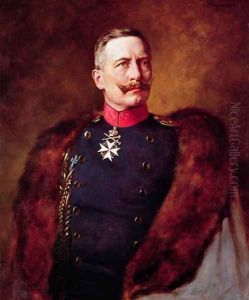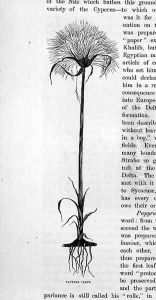Bruno Heinrich Strassberger Paintings
Bruno Heinrich Strassberger was a German painter and graphic artist whose career spanned the turbulent eras of the early 20th century, including World War I, the Weimar Republic, and the rise of National Socialism in Germany. Born in 1887 in Germany, Strassberger's early life and education were deeply influenced by the rich cultural and artistic heritage of his homeland, which was then at the forefront of modern artistic movements.
Strassberger studied at various prestigious art institutions, where he was exposed to a range of artistic styles and philosophies. His work, primarily known for its expressionist qualities, reflects a deep engagement with the social and political upheavals of his time. Through his paintings and graphic works, Strassberger sought to capture the essence of human experience and emotion, often against the backdrop of the rapidly changing world around him.
Throughout his career, Strassberger remained committed to exploring the possibilities of color and form. His art often depicted the stark realities of war, social injustice, and the human condition, making him a poignant chronicler of his era. Despite the acclaim he received, Strassberger's work was also subject to the volatile political climates of Germany, which saw dramatic shifts in the appreciation and censorship of art.
Bruno Heinrich Strassberger's legacy is marked by his profound impact on the German expressionist movement and his contribution to modern art. His ability to convey deep emotional and social truths through his work remains highly regarded. Strassberger's life came to a tragic end in 1944, amidst the chaos of World War II, but his art continues to resonate with audiences, serving as a powerful testament to the enduring spirit of human creativity in the face of adversity.

